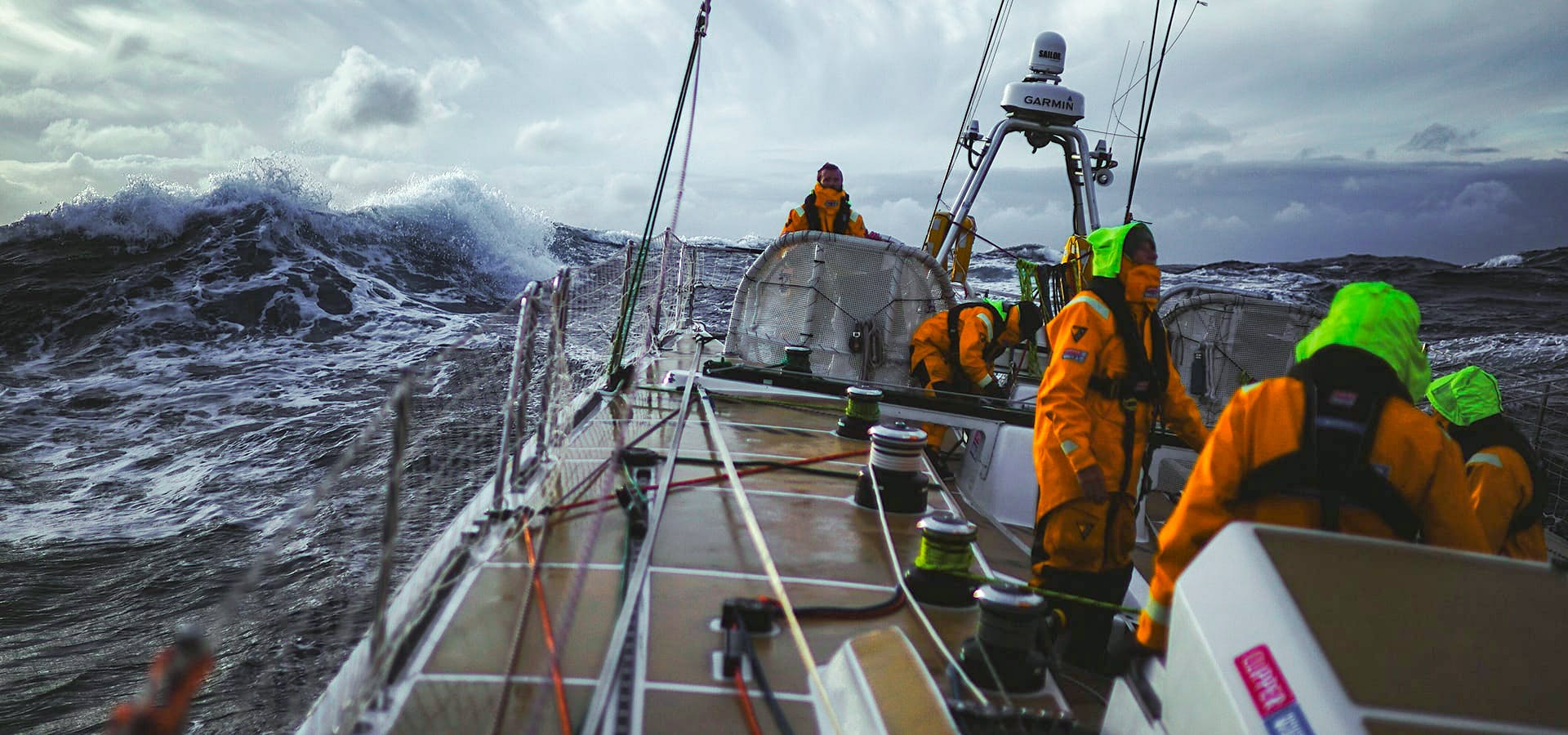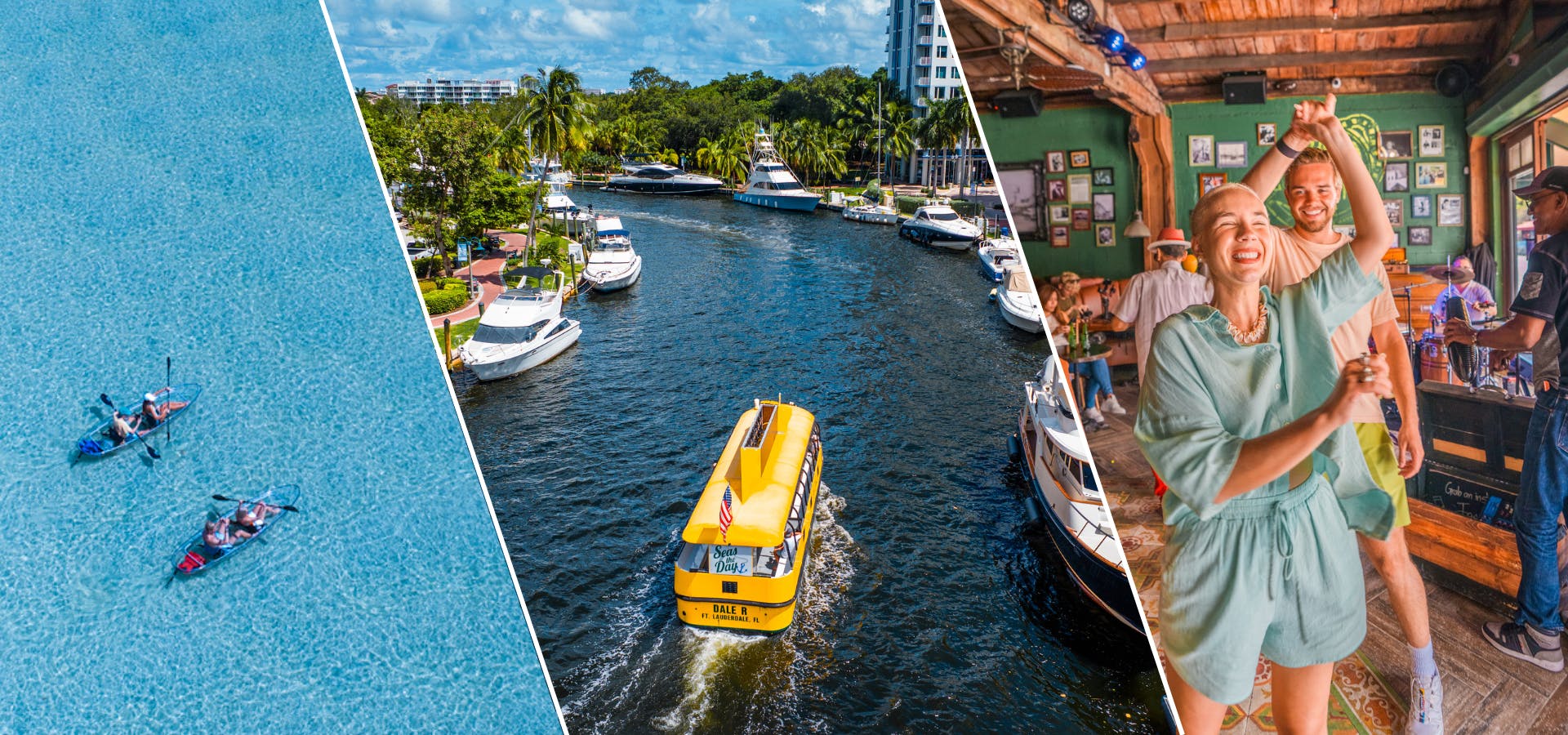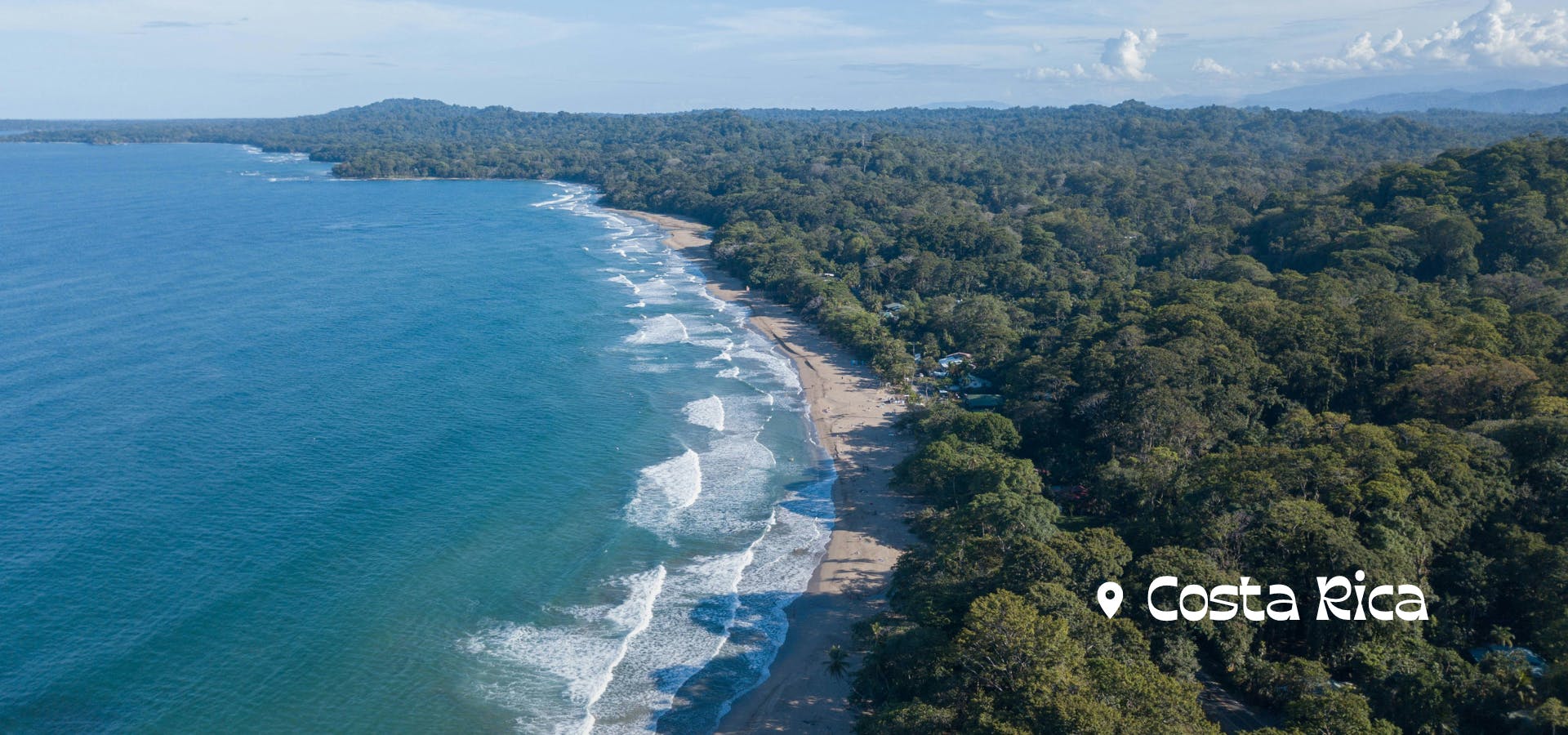At the beginning of March, Harmon Shragge planned to fly from San Francisco to Hong Kong, to rejoin his crew as they prepared to cross the North Pacific from China to Seattle on Leg 6 of the 2019-20 Clipper Round the World Yacht Race. Due to the ongoing coronavirus outbreak and quarantine on travel from China, within days of going to press with this issue Shragge received a race update from the UK-based Clipper Race Organising Team about three alternative ports of call other than Zhuhai, a ferry ride from Hong Kong.

Now, Shragge will fly into Manila, Philippines, and make his way to Subic Bay, where he will participate in the required refresher training and help to repair, deep clean, and provision the 70-foot vessel—about the same size, as he points out, of a San Francisco garage. Depending on further instructions, the 11 competing boats and their respective teams will then race to Qingdao, China (if unquestionably safe to do so), Seoul, South Korea, or Yokohama, Japan, before crossing the North Pacific to Seattle, otherwise on schedule. “Personally, I am rooting for Yokohama because it is a little bit warmer and less out of the way,” Shragge said over email in light of the race update.
Regardless of departure point, this stage of the global route—a six-week winter run across the Pacific, the largest ocean in the world—is arguably the most arduous of the Clipper Race’s eight distinct stages, or legs.
As Shragge is the first to acknowledge, Clipper’s “Race of Your Life” is not glamorous. It’s grueling, in fact, requiring 24-hour days and hot bunking at sea under harrowing elements for some or all of 41,165 nautical miles as the race proceeds from London to South Africa, Australia, China (now possibly South Korea or Japan), the U.S., Bermuda, Northern Ireland, and then back to London.
So, why does he do it?
“Part of this is it’s motivational, and it’s transcendent,” Shragge says without exaggeration. “You’re getting out there and doing these experiences that most people have not come close to in their lives.”
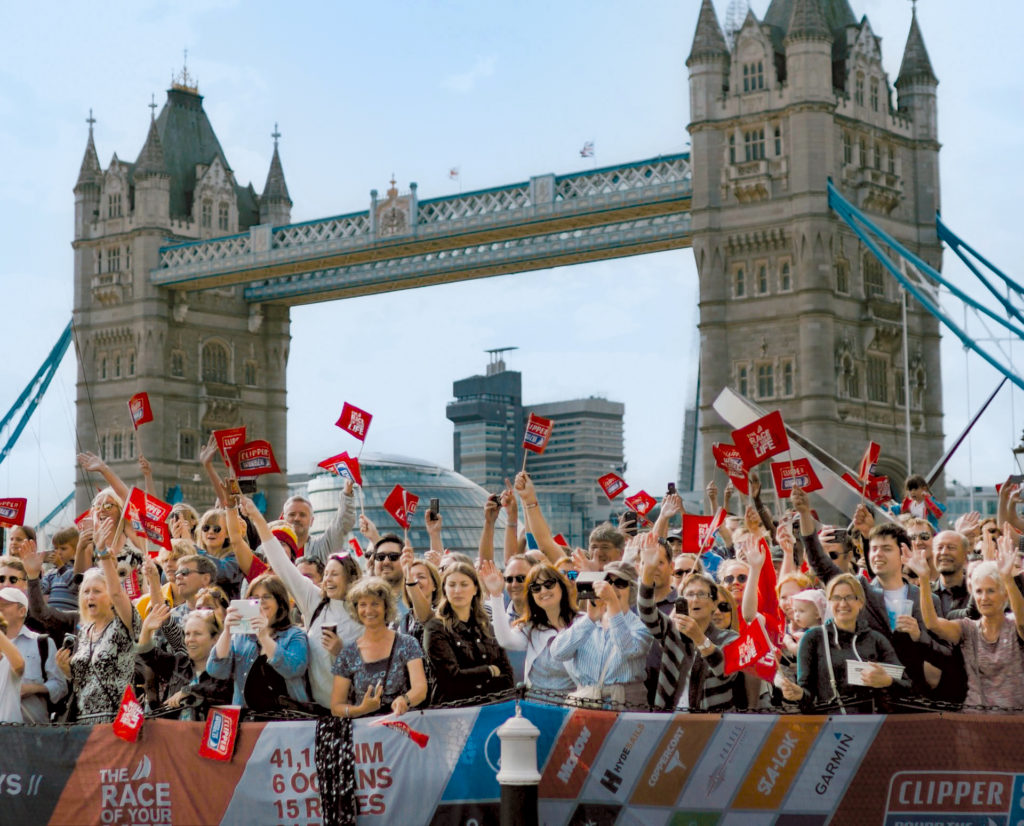
Around the World In Eight Legs
The Clipper Race’s roots go back to 1996, after founder Sir Robin Knox-Johnson—the first person to sail around the world solo and non-stop back in 1968 and 1969—envisioned giving anyone the opportunity to experience ocean racing as elite professionals do à la The Ocean Race (previously known as the Volvo Ocean Race and the Whitbread Round the World Race). While it’s designed for amateur sailors—and around 40% are indeed novices—the enterprise is every bit as serious. Participants can either do the entire race over nearly a year (and are dubbed “Round the Worlders,” or “Circumnavigators”), or sign on for any combination of eight individual stages (classifying them as “Leggers”). The 2019-20 Clipper Race currently underway is its 12th edition, and over 50 cities have now hosted it.
While anyone over age 18 can do it, everyone, no matter prior experience, must complete four weeks of intensive training in the English Channel, which Shragge describes as “even more intense than sailing in San Francisco Bay.”
“You’ve got fog like here, you’ve got these currents, you’ve got a ton of traffic,” he says of the shipping, military, and commercial boats also at sea. And depending on the time of year, it’s cold, wet, and rough. (Clipper also has a training facility in Australia.)
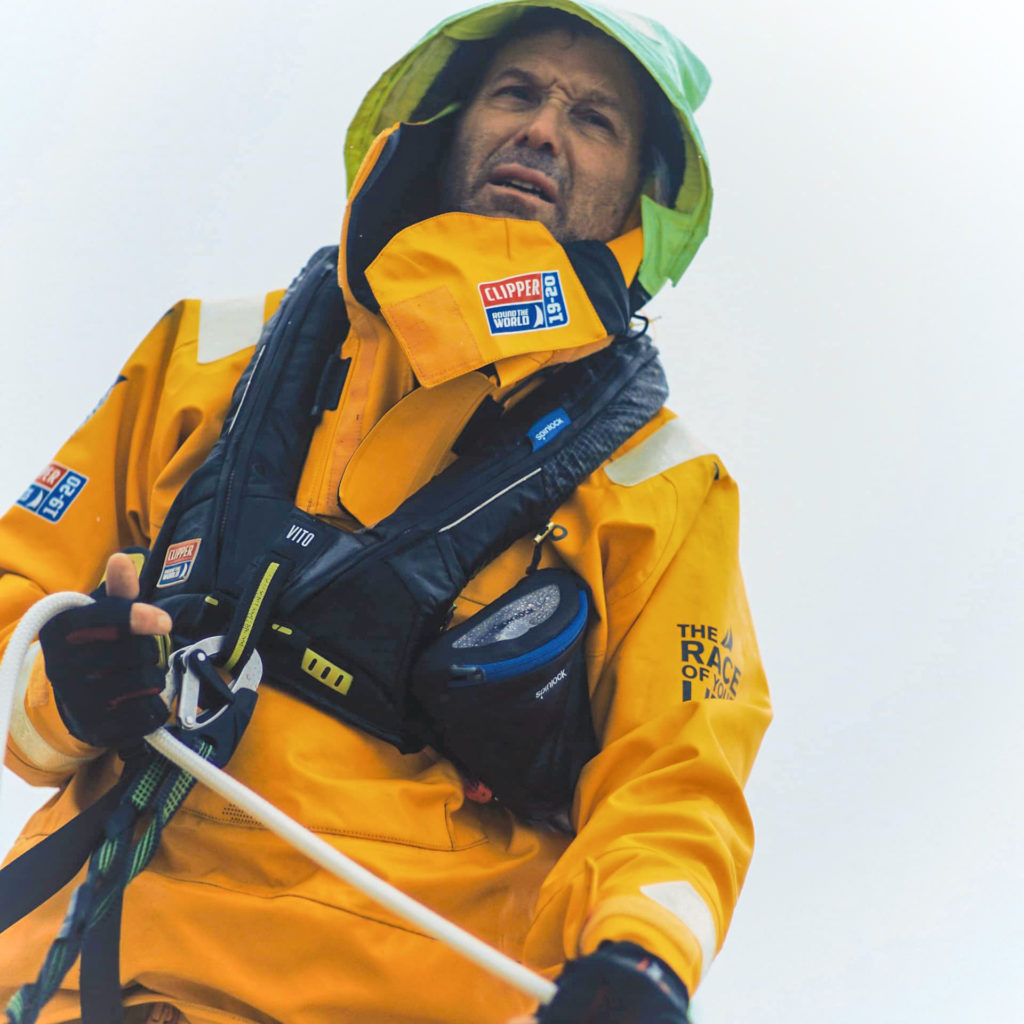
The four one-week courses escalate sailors’ skill sets until it’s time to be matched with a boat. “It’s amazing because the beginners do better,” says Shragge, crediting the consistency of language, commands, and techniques that comes from learning one way to do everything at sea, from raising a sail to tying a knot. “The people who wash out tend to be people like me because we’ve trained ourselves,” Shragge continues. “Clipper is kind of a corporate way of sailing because what they do is train you to, essentially, not only socialize and live on these boats, but to communicate in a very specific way. You’ve got people from multiple different countries, multiple different languages being able to join a boat at any different port and sail it with other different people. That in itself is an amazing feat.” Indeed, this year’s racers are the most diverse in Clipper’s history, made up 44 different nationalities and ranging in age from 18 to 76.
But “wash out,” the 62-year-old Shragge has not. To complete Leg 2 of the current Clipper Race, he left Punte del Este, Uruguay, on October 23, 2019, as part of a 17-member crew, along with Skipper Seumas Kellock, an Additional Qualified Professional (AQP), and female film director Guan Xi, all aboard Visit Sanya, China. They traveled 3,555 nautical miles across the South Atlantic Ocean before arriving in Cape Town, South Africa on November 9, 2019. Shragge is quick to tip a sail to Kellock, a 26-year-old from Edinburgh who previously circumnavigated in the 2017-18 edition of the race, for setting the tone for a positive experience. “Some skippers are completely autocratic and top-down with a lot of yelling, screaming, and belittling. Other boats are much more supportive,” Shragge explains of the different philosophies that come to characterize the boat.
“This race, everybody is getting on the helm and everybody is developing their skills,” he says of Kellock’s leadership. “Sometimes those boats end up doing better; sometimes they do worse because you take a lot of time and resources to teach people.” For the record, Shragge’s boat officially finished 4th for Leg 2. (Scores are tallied via a combination of winning times; points for being the first, second, or third boat through a virtual and voluntary scoring gate set up along the route in advance; as well as additional points for completing a 100-mile “Ocean Sprint” each race. Teams can also lose points for penalties such as coming too close to land or crashing into another boat.)

In Pursuit, Not Retreat
Teaching and teamwork are critical, however, when things do go wrong—when the weather quite literally changes. “Those are the most dangerous days on the boat: going from good weather to bad weather,” Shragge says. Over 18 sailing days for Leg 2, the first six brought dry, warm weather as the crew navigated the South Atlantic. Then came day seven, as skies darkened, temps dropped, and winds and waves picked up. “We had four injuries in rapid succession,” Shragge says of respective knee, cheek, eye, and hand injuries that four racers sustained after big waves hit and sent them careening into the boat’s navigation station, grinder, and deck. “Three people had to go to the hospital and a fourth should have gone, but he was a surgeon who kind of fixed himself,” he recalls.
As unintuitive as it might seem, an ocean sailor is trained to pursue, not retreat. “You don’t run from these systems,” Shragge says. “You need these systems generating the wind to move you across. Kind of like a monkey jumping through the jungle, you’ve got to catch them. Each of these low-pressure systems is a huge storm, with winds from 40 to 80 knots or more, and waves 10 to 30 feet.”
After Leg 6, Shragge will sit out 7 and rejoin for 8, the final stage of the race, which he calls a classic, fun, and exciting run out of New York to Bermuda, followed by a stop in Ireland in the North Atlantic before bringing it all home to London in August 2020—11 months after Clipper 2019-20 set sail from St. Katharine Docks on September 1, 2019.
This isn’t Shragge’s first saltwater rodeo either. The race takes place every two years, and he competed previously in 2017-18—and lived to tell. “One boat crashed as it was rounding the cape in South Africa and it went aground,” says Shragge of Leg 3 of his first Clipper, a Southern Ocean Race from Cape Town, South Africa, to Fremantle, Australia. On another boat during the same leg, two racers were washed overboard, and one did not survive. After that, it was mandated that an AQP—a first mate—join the skipper on each boat.
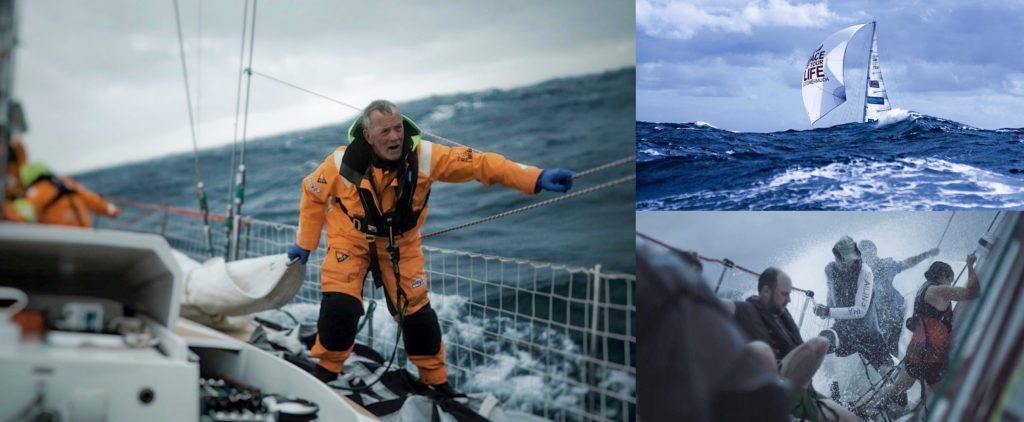
Beyond the Gate
Neither danger nor conditions have deterred Shragge from his life-long passion. The born-and-raised San Franciscan got his start sailing on the Bay with his father, then returned to the sport post-college. “San Francisco is an incredible place to learn,” Shragge says. “But there’s no place to go outside the Bay. So I started poking the nose of the boat out under the Gate,” he says of sailing beyond the Golden Gate Bridge, which many local sailors don’t tend to do. “The other thing that makes it so special, once you go out under the Gate, you are essentially out in the middle of the Pacific.”
Around a decade ago, Shragge carved out time away from his San Francisco-based real estate investment and management firm Harmon M. Shragge & Company to start pursuing ocean races, joining the Alameda-based Singlehanded Sailing Society and running races to the Farallon Islands. He also headed to Northern Alaska and sailed doublehanded through the Northwest Passage to Dutch Harbor.
He had his sights set on a singlehanded sail to Hawaii, but training yielded accidents and discouragement. His wife, which whom he has three children now ages 14, 18, and 22, also worried about the risk Shragge was undertaking out on his own. “At this point, I lacked the ability to take a boat across an ocean,” he says. “Then I saw the Clipper and I thought, you know, here’s an organization where you’ll be trained a little more and you’ll go with like-minded people and you will be able to sail the world’s great oceans.” In 2016, Shragge officially began training.

“You’ve got people from multiple different countries, multiple different languages being able to join a boat at any different port and sail it with other different people. That is an amazing feat.”
So what does it feel like to be out in the middle of one of those great oceans? “It’s really difficult to describe to people because I’d say 95% of the time you are miserable out there,” he shares. “You’re stuck in a very confined environment. You don’t sleep much, although you have shifts. The food’s terrible. You’re out there getting hurt, getting beat up, and probably the most difficult part when you’re out on these extended sails—you’re wet. Everything gets wet. No matter how much you try to keep yourself dry, at a certain point everything is wet inside—your sleeping bag, your undergarments. To me, that was one of the hardest parts of getting used to, and it’s inevitable. That’s the price that we pay to get to cross these oceans.”
But it’s that remaining 5%—that transcendence, to borrow Shragge’s own term—that makes it more than worth it. “What it gives you is the opportunity to grow and to excel in areas that you never would in the normal course of your life,” Shragge says. “We move towards comfort in everything that we do in our life—in the office, at home, in the car. Any little area of discomfort we automatically move away from—we spend our lives doing that. Then Clipper is the opposite, you’re getting more tired and more sore and you can’t possibly imagine that you could perform under these circumstances—and yet you do.” While there is an attrition rate along the way, for those many racers who make it to the end, Shragge notes the strength and self-confidence that come from putting oneself in these conditions and emerging successfully. “It gives you such strength in the rest of your life.”

Follow along in real-time at clipperroundtheworld.com/race/standings, as 11 boats circle the world. At press time, Visit Sanya, China remained in 4th position. And read more great stories like this at www.gentry.goldenstate.




